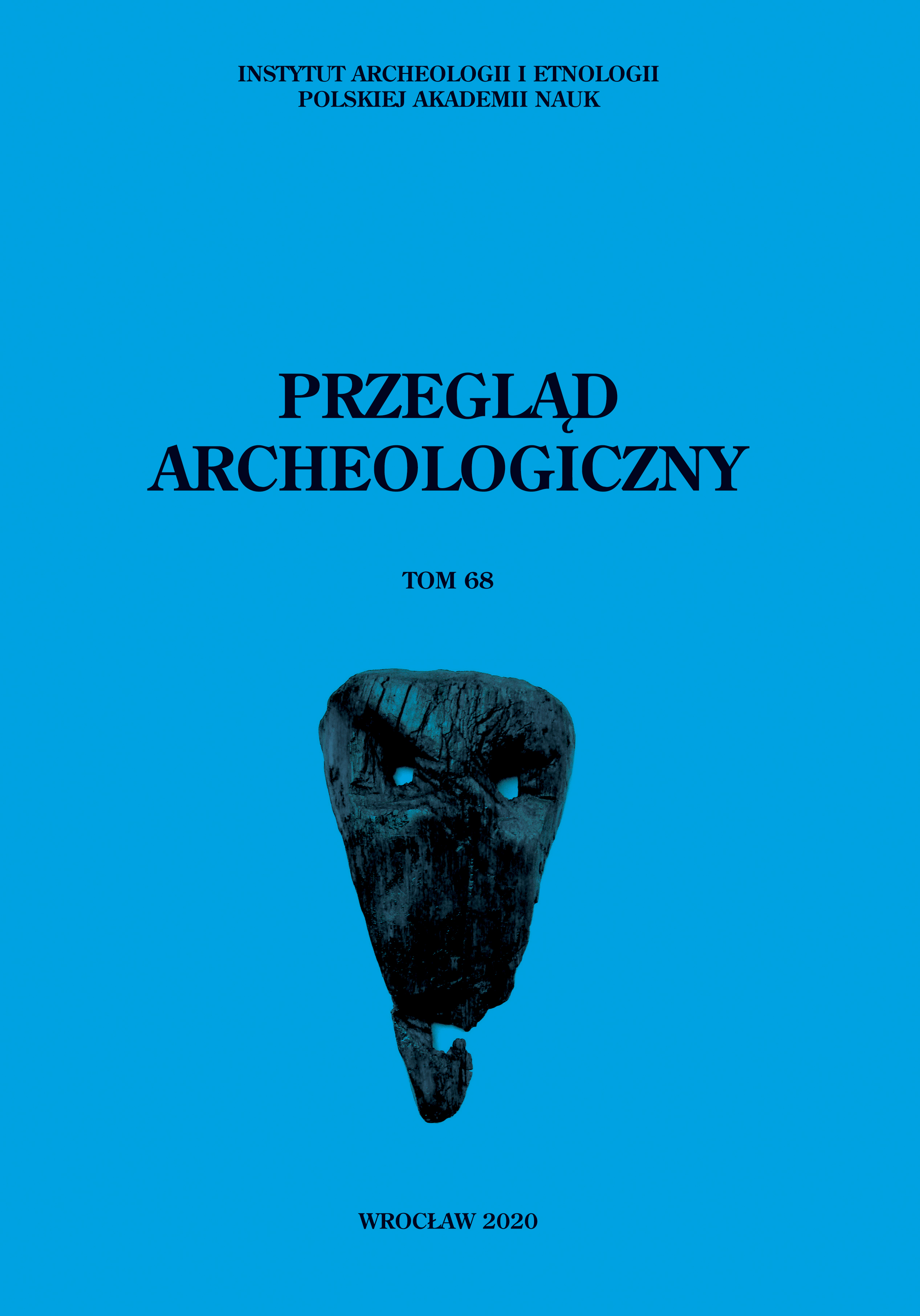The origin of the Tzolkin and the Long Count: Hans Ludendorff was right
DOI:
https://doi.org/10.23858/PA68.2020.001Keywords:
Olmecs, Mayan calendar and astronomy, Long Count, Tzolkin, LudendorffAbstract
The Long Count of the Olmec and Mayan calendars is composed of a series of 5,200 formal “years” of 360 days each called Tun. It has always been used as a chronological series of natural days starting from a day zero (0.0.0.0.0), corresponding to the JD 584,284 (August 12, 3114 BC, Gregorian proleptic). Already in the earliest inscriptions this count of days is associated with the corresponding date in the sacred almanac of 260 days called Tzolkin. The day zero of the Long Count is associated with the day 4-Ahau in the Tzolkin. These two series have never been reformed and were continued without corrections or changes all through the history of Mesoamerica, regardless of many differences in epochs, cultures, and languages. There is a difference of one day between the Olmec-Mayan convention and the convention of Central Mexico which bases 4-Xochitl (the Nahuatl equivalent of the Mayan 4-Ahau) on JD 584,283. This difference has yet to find
any satisfactory explanation. The cycle of 260 days results of the combination of two unequal series, the first of twenty names and the second of 13 numbers, so that every 260 days a specific day name will match again the same number. In 1930 Hans Ludendorff claimed the Tzolkin is a small computer for eclipse predictions which has to be reset by one day back in the sacred calendar (Tzolkin) every 20 Tun, so that it would take 5,200 Tun for the system to regress one turn inside the Tzolkin (260 x 20 = 5,200). The Long Count, claimed Ludendorff, is the period of correction at long run for the derivation of the node of the lunar orbit in the Tzolkin serving as a small eclipse calculator. I myself have proposed that the Venus table in the Dresden Codex was primarily a table for the organization of the New Fire Ceremonies every 104 “years” or rather every true 65 Venus cycles. Venus serving then as the visible indicator of the invisible node of the lunar orbit because of their congruency every 65 true Venus mean cycles (Lebeuf 2003, 214-223). The present study does not propose any other correlation than the one usually accepted, that is 0.0.0.0.0, 4-Ahau 8-Cumhu = JD 584,284 for the Mayan (Caso 1967; 1971, 333-348). It only considers another possible relation between astronomy, the Tzolkin, and the Long Count at the time of their creation. The results fully confirm the hypothesis of Hans Ludendorff concerning the origin of these two series. Without disclaiming the use of the Long Count as a chronological series of natural days, I shall propose here to read also, and maybe primarily, the Long Count as a conventional representation of 5,200 “years” or more exactly of 3,250 Venus cycles representing the derivation of the nodes of the lunar orbit inside the Tzolkin.
Downloads
References
Brotherston G. (1983). The year 3113 BC and the fifth Sun of Mesoamerica. In: A. Aveni, G. Brotherston (eds), Calendars in Mesoamerica and Peru: Native American Computations of Time. BAR International Series, Oxford.
Caso A. (1967). Los calendarios prehispanicos. Mexico: UNAM, Instituto de Investigaciones Historicas.
Caso A. (1971). Calendrical systems of Central Mexico. In: Handbook of Middle American Indians, Vol. 10, Archaeology of Northern Mesoamerica, part I, pp. 333-348. Austin: Univ. of Texas Press.
Closs M. (1977). Maya Chronological Count. American Antiquity, 42, (1, January), 18-27.
Closs M. (1989). Cognitive aspects of Ancient Maya Eclipse Theory. In: A. Aveni (ed.), World Archaeoastronomy, Septima mesa redonda de Palenque (389-415). Mexico.
Coggins C.C. (1982). The Zenith, the Mountain, the Center, and the Sea. In: Ethnoastronomy and Archaeoastronomy in the American Tropics. Annals of the New York Academy of Science, Volume385, Issue 1, May 1982, 111-123.
Dittrich A. (1939). Die Finsternitafel des Dresdener Maya Kodex. In: Abhand/ungen der Preussischer Akademie der Wissenschaflen, Phys. Math. Kl., Nr. 2.
Justeson J.S. (1989). Ancient Maya ethnoastronomy: an overview of hierogliphic sources. In: F. Antony, A. Aveni (ed.), World Archaeoastronomy (76-129). Cambridge: Cambridge University Press.
Le Gentil de la Galaisière G. J. H. J.-B. (1753). Voyage fait par ordre du Roy dans les mers de l’Inde. Paris: Imprimerie Royale.
Lebeuf A. (2003). Les eclipses dans l’ancien Mexique. Krakow: éditions de l’Université Jagiellone.
Lebeuf A. (2012). “El fin de Xochicalco, ¿una destrucción ritual?” (manuscript, jornadas del Templo Mayor de México el 28.12.2012).
Ludendorff H. (1930). Ueber die Entstehung der Tzolkin-Periode im Kalendar der Maya. Berlin: Preussischen Akad. der Wissenschaft, Phys.-Math. Classe.
Malmström V.H.(1973). Origin of the mesoamerican 260 days calendar. Science 1973 Sep 7; 181(4103), 939-941.
Moesgaard C.P. (1980). The Full Moon Serpent. Centaurus, 24, 51-96.
Seler E. (1904). Codex Borgia, Band I, Berlin.
Spinden H.J. (1928). Mayan Inscription dealing with Venus and the Moon. In: Bull. Buffalo soc. nat. sciences, XIV Nr 1, Buffalo.

















